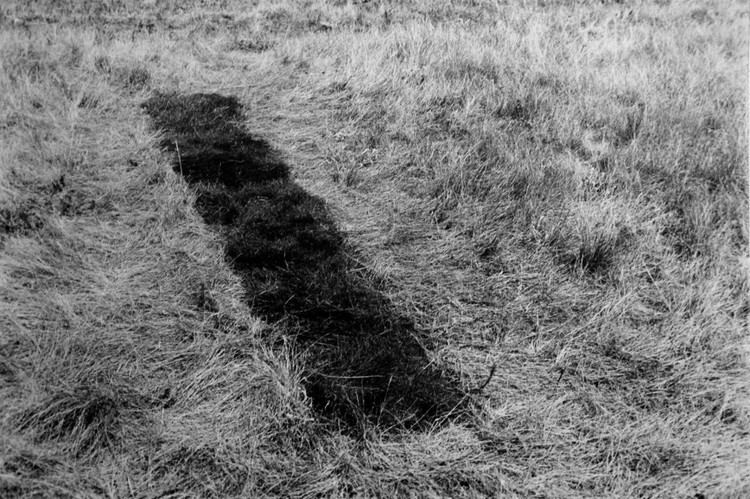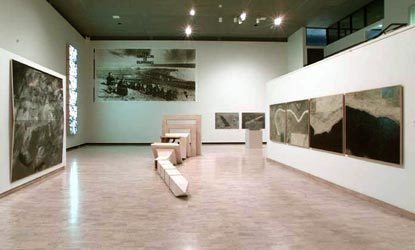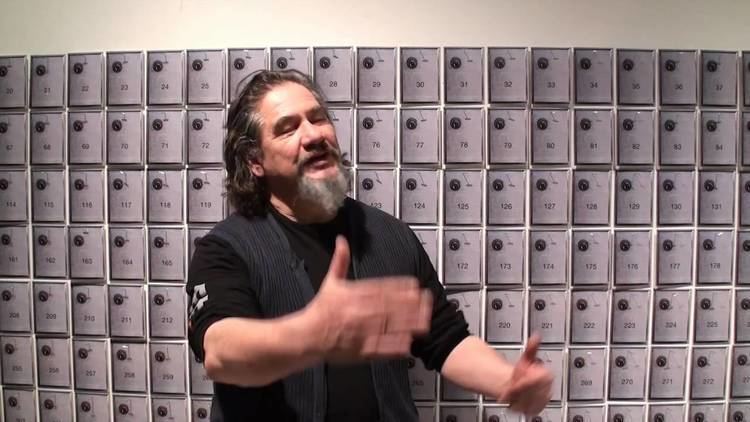Name Edward Poitras | ||
 | ||
Known for Sculpture, Installation art | ||
A Conversation with Edward Poitras
Edward Poitras (born in 1953) is a Métis artist based in Regina, Saskatchewan. His work, mixed-media sculptures and installations, explores the themes of history, treaties, colonialism, and life both in urban spaces and on Indian reserves.
Contents
- A Conversation with Edward Poitras
- Mackenzie art gallery 13 coyotes edward poitras the cell
- Early life and education
- Career
- Themes
- Selected solo exhibitions
- Selected group exhibitions
- References

Mackenzie art gallery 13 coyotes edward poitras the cell
Early life and education

Poitras was born in Regina, Saskatchewan in 1953 and he is a member of the Gordon First Nation.

Poitras studied with Sarain Stump at the Saskatchewan Indian Cultural College in 1974 and then with Mexican Aboriginal artist Domingo Cisneros at Manitou College in La Macaza, Quebec from 1975-1976.
Career

Poitras has had his work exhibited in Canada, the United States, and Finland. Since 1980, his work has usually been included in major contemporary Aboriginal exhibitions.

In 1995, he was the first Indigenous artist even chosen to represent Canada at the Venice Biennale.
In 1998, he created "The Politics of Land", an earthwork at Wanuskewin Heritage Park, Saskatoon.
Poitras has taught at the Saskatchewan Indian Federated College (1976-1978), the University of Manitoba (1978) and the Saskatchewan Indian Federated College at the University of Regina (now First Nations University of Canada) from 1981-1984 and 1989-1990.
His work is included in the collections of the Canadian Museum of Civilization, the Mendel Art Gallery, the Saskatchewan Arts Board, the MacKenzie Art Gallery, the Thunder Bay Art Gallery, and the Canadian Department of Indian and Northern Affairs.
Poitras was awarded the Governor General’s Award in Visual and Media Arts in 2002.
Themes
Several of Poitras's early installations, including Day Break Sentinel (1983), Big Iron Sky (1984), and Internal Recall (1986–88), incorporated suspended figures. In the last of these, "seven life-size figures kneel with their hands bound with rope that attaches to the ceiling; on the wall, words associated with the signing of treaties with First Nations on the prairies act as connecting links between the act of binding and the notion of binding contracts, as well as the legacy of broken promises."
Poitras has used a variety of materials in his art, including stone, weathered prairie bone, traditional beadwork and historical photos, sometimes alongside transistor boards, electrical wires, audio tapes and plastics.
